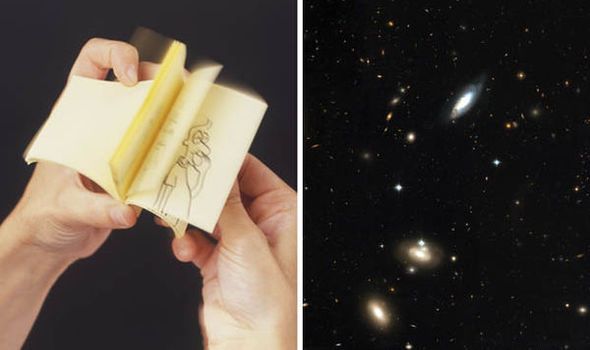Scientists have conducted the world’s first successful time travel experiment, proving once and for all that time travel is possible.
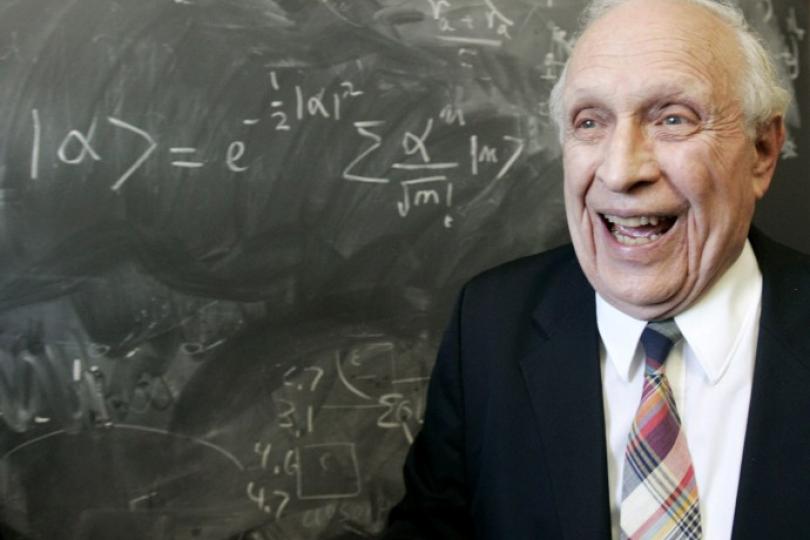

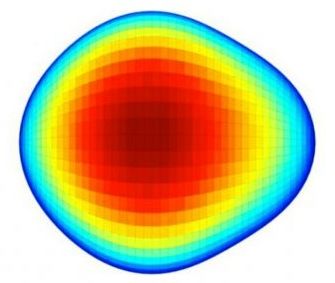
A group of scientists confirmed that there is a pear-shaped nucleus. Not only does this violate some laws in physics, but also suggests that time travel is not possible.
A new form of atomic nuclei has been confirmed by scientists in a recent study published in the journal Physical Review Letters. The pear-shaped, asymmetrical nuclei, first observed in 2013 by researchers from CERN in the isotope Radium-224, is also present in the isotope Barium-144.
This is a monumental importance because most fundamental theories in physics are based on symmetry. This recent confirmation shows that it is possible to have a nuclei that has more mass on one side than the other. “This violates the theory of mirror symmetry and relates to the violation shown in the distribution of matter and antimatter in our Universe,” said Marcus Scheck of University of the West of Scotland, one of the authors of the study.

The craving to explore beyond our solar system grows sturdier every day. This proves true for the understanding of wormholes and time travel as well. In order to satisfy our thirst for the unknown, NASA will research unknown physics revolutionizing exploration of space. We first have to advance our understanding of space-time, the quantum vacuum, gravity and other physical phenomena. This info will help NASA send robots on interstellar space missions. Precisely 15 areas will be studied comprising human exploration, landing systems, nanotechnology and robots.
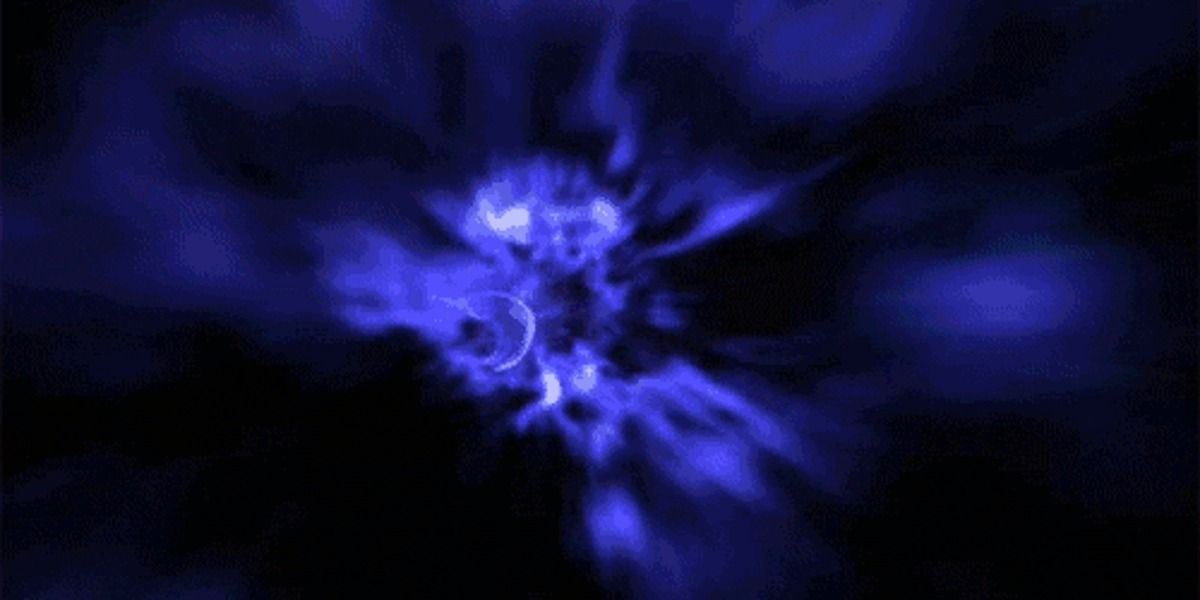

About ten years ago scientist Dave Bacon, now at Google, presented that a time-travelling quantum computer could rapidly solve a bunch of problems, known as NP-complete, which mathematicians have lumped together as being hard. The problem was, Bacon’s quantum computer was travelling around ‘closed timelike curves’. These are paths through the fabric of spacetime that loop back on themselves. General relativity lets such paths to exist through contortions in spacetime identified as wormholes.
Why send a message back in time, but lock it so that no one can ever read the contents? As it may be the key to resolving presently intractable problems. That’s the claim of an international collaboration.
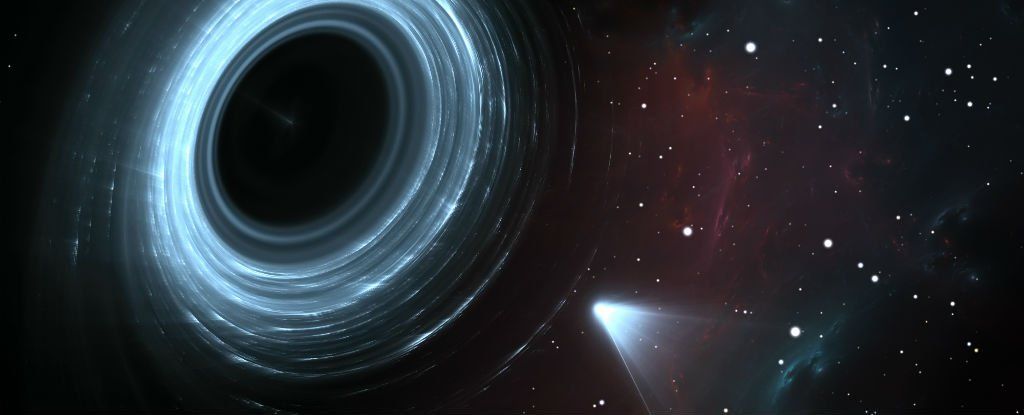
Time travel seems much more common in science fiction than it is in reality. We’ve never met anyone from the future, after all. But all of the physics we know indicates that wormholes — another science fiction favourite — could really be used to travel backwards in time.
And according to a paper by Chinese physicists, using wormholes for time travel might actually allow us to beat Heisenberg’s uncertainty principle — described as one of the most famous (and probably misunderstood) ideas in physics — and even to solve some of the most difficult problems in computer science.
Wormholes are like portals between two places in the Universe. If you fell in one side, you’d pop out the other immediately, regardless of how far apart the two sides were. But wormholes are also like portals between two times in the Universe. As Carl Sagan liked to say, you wouldn’t just emerge some where else in space, but also some when else in time.

A documentary film just had its premiere at the Hot Docs festival in Toronto. How To Build A Time Machine, the work of filmmaker Jay Cheel, is a strange and incoherent little document of two middle-aged men with loosely related obsessions: One of them wants to build a perfect recreation of a movie prop – the machine from the 1960 movie The Time Machine, based on the H.G. Wells novel – and the other is a theoretical physicist who thinks he may have effected a kind of time travel in a lab, on a microscopic scale, using lasers that push particles around. The weak connection between the two men is that they both regret a death in their past – a best friend, a father – and are preoccupied with what they might have done to prevent the death; they both wonder if time travel to the past might have been a remedy for death itself. (Compared to the protagonist of Zero K who seeks immortality as a way of avoiding the loss of a loved one.) The 80s synthpop song Forever Young by Alphaville booms symbolically at one point.
Why this sudden ascendancy of yearning for immortality now? Is it simply because immortality of a medical sort might be imminent, a result of technological advances, such as nanobots, that will fight disease in our bloodstream? Or is it because, as Ray Kurzweil implies, digital technology is now so advanced that we have already left our bodies behind? We already live outside them, and our digital selves will outlive them. (“I mean,” says Kurzweil, “this little Android phone I’m carrying on my belt is not yet inside my physical body, but that’s an arbitrary distinction.”)
The frequently quoted axiom of Arthur C. Clarke – “Any sufficiently advanced technology is indistinguishable from magic” – is pertinent to this current fascination with life without end. We are now perceiving technology as not just magic but as god-like, as life-giving, as representing an entirely new plane of being.
Using a weird phenomenon in which particles of light seem to travel at faster-than-light speeds, scientists have shown that waves of light can seem to travel backward in time.
The new experiment also shows other bizarre effects of light, such as pairs of images forming and annihilating each other.
Taken together, the results finally prove a century-old prediction made by British scientist and polymath Lord Rayleigh. The phenomenon, called time reversal, could allow researchers to develop ultra-high-speed cameras that can peer around corners and see through walls. [In Images: The World’s 11 Most Beautiful Equations].

Travel to the past is probably impossible. But to the future? That’s a different story. Cathal O’Connell considers the feasibility of physics.
In 2009 the British physicist Stephen Hawking held a party for time travellers — the twist was he sent out the invites a year later. (No guests showed up).
